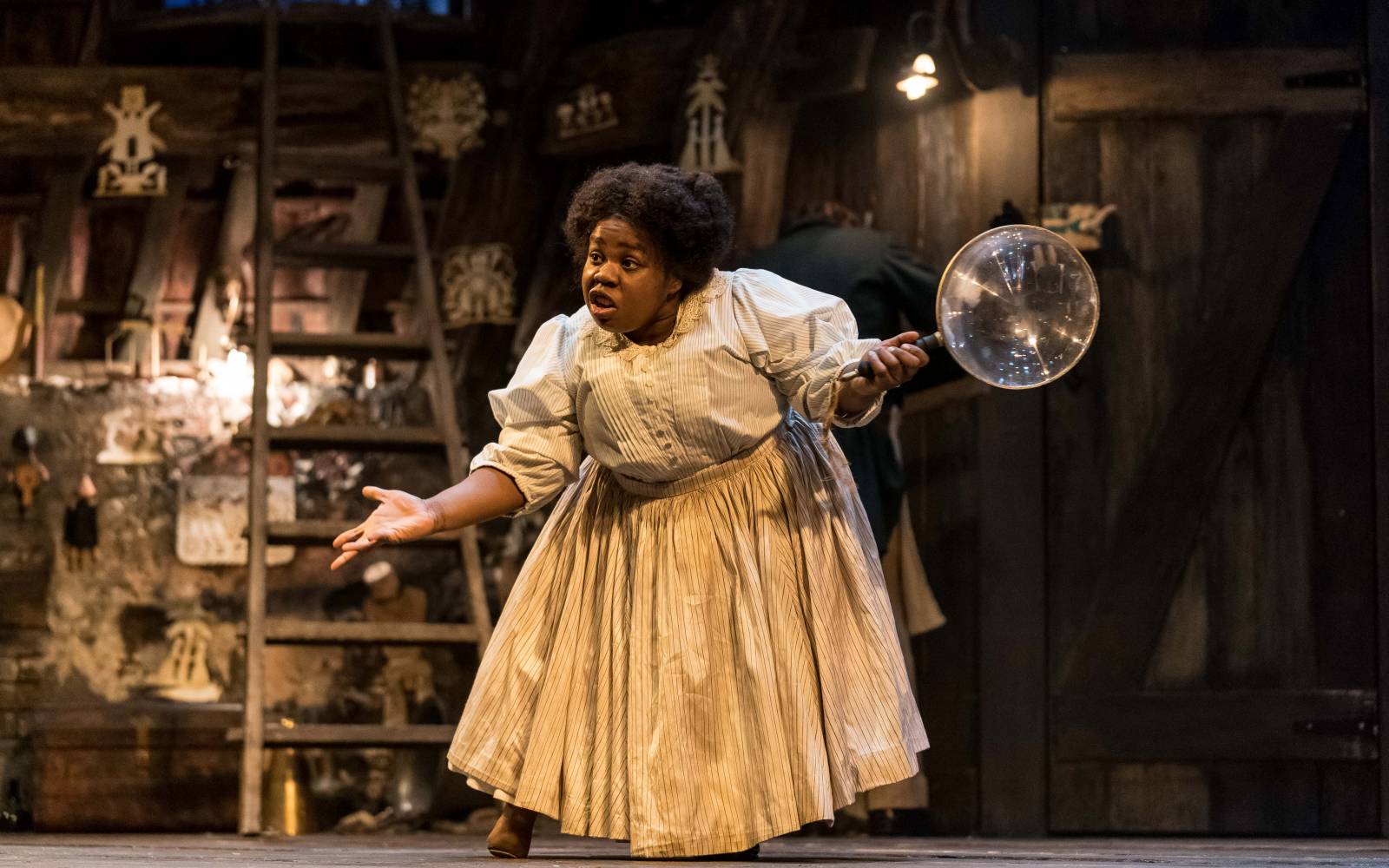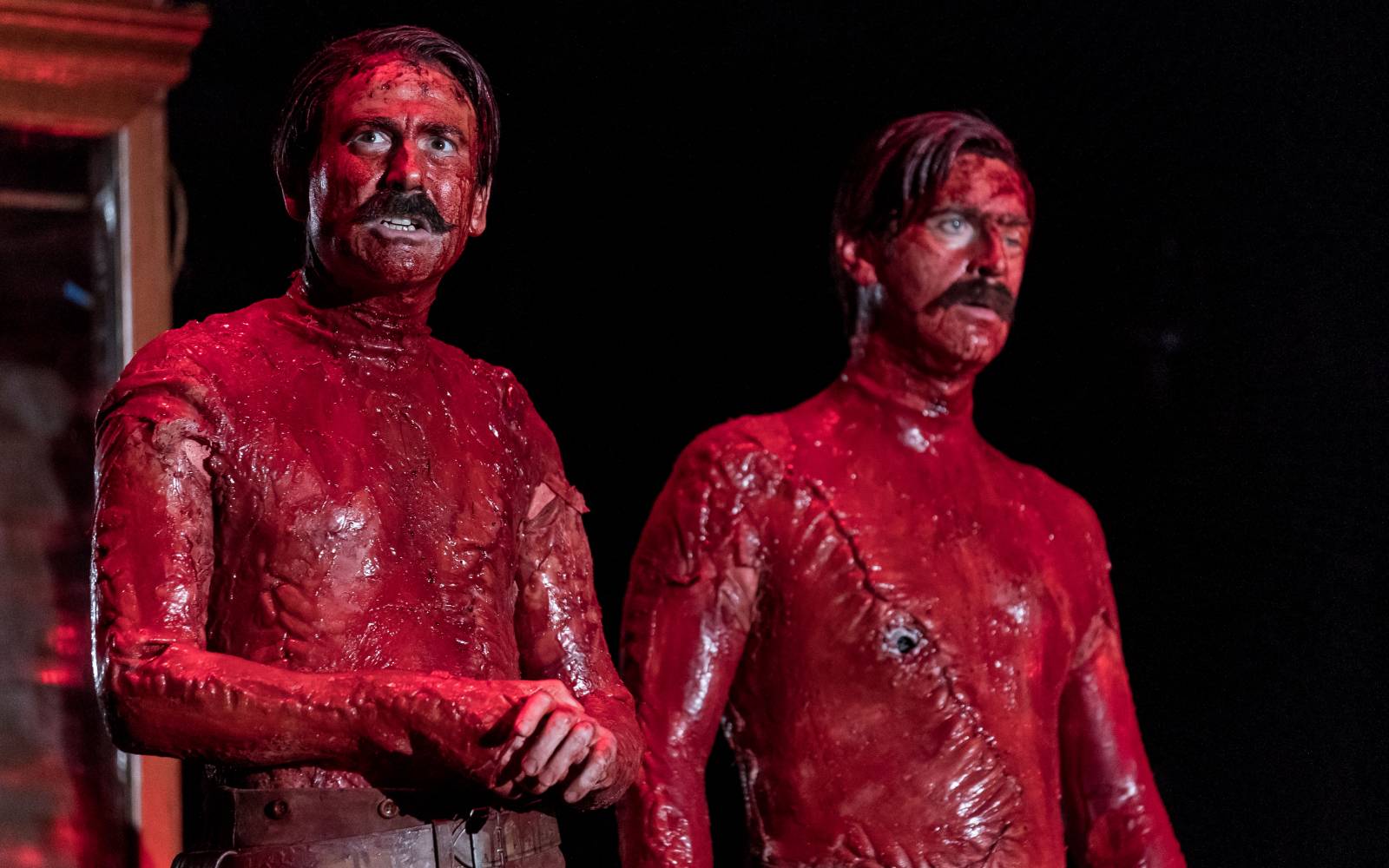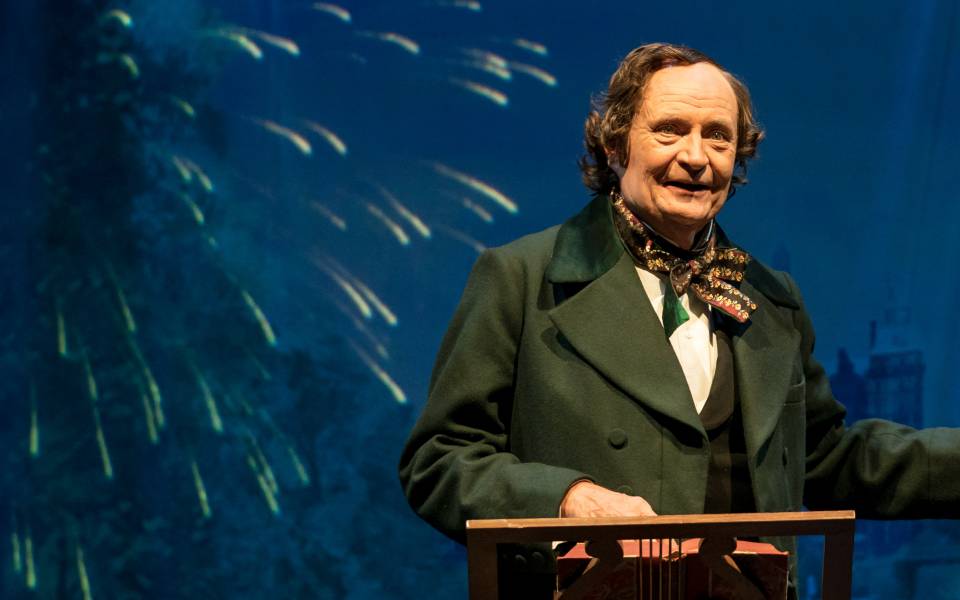
The Unfree Free State: An Overview of the History of the Congo
Mpalive-Hangson Msiska
One gets a better a sense of the Congo when the territory is seen in terms of its historical formation. Arguably, one of the most determining events for modern Congo was the late 19th-century founding of the Congo Free State by Belgium’s King Leopold II, a private colony publicly presented as a charitable and humanitarian project. In reality it was a brutal, despotic regime that committed genocide, killing about 10 million people, as suggested by the distinguished historian, Jan Vansina (1929–2017), and Martin McDonagh’s new play.
Why the Congo? How had things reached this stage? Why was Leopold’s rule tolerated? Why were the people of the Congo so incapable of defending themselves? To begin to explore such questions, it is helpful to see what had gone on before and after. We learn about a territory with a long history and inhabited by diverse cultures, political systems and economic practices – from the state-like large-scale Kingdoms to small groups of nomadic inhabitants – which had been overwhelmed by the introduction of the gun by the Portuguese and later by King Leopold II’s well-oiled war machine, the Force Publique. When the Belgian government took over, the violence was reduced, but nevertheless continued till independence. Moreover, the possibility of a radical transformation of the inhumane historical practices was thwarted at the time of Independence from Belgium in 1961, ushering in an era of Postcolonial despotism, from which the country has not fully recovered.
Archaeological evidence suggests that the Congo basin had thriving societies capable of effectively making a living out of its rich and diverse natural resources long before the arrival of Europeans in the late 15th century, evidence stretching back well over 90,000 years. Yet its modern history has been principally shaped by the encounter with the West. A few years before Columbus embarked on his voyages of exploration, the Congo had already been incorporated into the world-system, the economic, demographic and cultural globalisation of the world driven by the West’s quest for direct control of the resources outside Europe. In 1482, Diago Cao arrived at the mouth of the river Congo, locally known as the Nzere or Nzadi, setting in motion a chain of events that still resonate today, as a sort of political unconscious of the country.

He was well received by the ManiKongo, the king of the BaKongo Kingdom which covered the present-day Democratic Republic of the Congo, Congo Brazzaville, Angola and Gabon. Relations between the Portuguese and the BaKongo were cordial, with the ManiKongo Nzinga Mbemba accepting Christianity and being baptised as Afonso. He also sent his children and other relations to Portugal for education. Portugal reciprocated by sending more missionaries as well as craftsmen to help modernise the Kingdom. The ManiKongo and the King of Portugal corresponded, largely, as equals.
However, this period of mutual respect and legitimate trade was undermined by the excessive demand for slave labour in Brazil and Congo and the surrounding areas became a hunting ground for slaves. In 1575 the conquistador Paulo Dias arrived and, from his base in present day Luanda, Angola, introduced guns into the territory, encouraging internecine warfare and weakening substantially the BaKongo Kingdom. In desperation they rose up against the Portuguese, but it was too little, too late to overcome a well-armed adversary and they were defeated in 1660. Evidently, the initial seeming-altruism of the Portuguese belied the real relations between Europe and Africa in this period. The BaKongo had resisted slave trade and King Afonso had even written to the Pope, complaining that it was depopulating his Kingdom, but to no avail.
Resistance continued but this pattern of ruthless and violent exploitation characterised the European presence in the Congo, culminating in Leopold’s ironically-named Congo Free State. Leopold’s Congo was a logical extreme of the contradiction at the heart of the European entry into Africa. The purported aim was to ‘civilise’ and Christianise, but the territories’ resources, mostly ivory and rubber, were expropriated by any means, including the use of unfettered violence.

Leopold II disguised his nefarious intentions as philanthropy, claiming that, like David Livingstone and Henry Morton Stanley, he aimed at stopping slave trade and introducing legitimate trade. Indeed, he employed Stanley to implement his ideas and Stanley did not disappoint, unleashing a reign of terror on the inhabitants of the Congo. At the 1884 Berlin Conference, Leopold managed to hoodwink the major European powers and the USA into allowing him to set up his colony, which he ran by the most violent means imaginable including cutting off hands to force people to work for free. In the end he was exposed by, among others, two African-American missionaries: George Washington Williams and William Henry Sheppard. But it was the particular effort of Edmund Morel, a French-Englishman, and the Irish nationalist Roger Casement which exposed Leopold as having committed genocide in the Congo in the name of civilisation and Christian charity. They founded the Congo Reform Association in 1904 and publicised the extreme human rights violations in the Congo.
From 1908 to 1960, the colony was taken over by the Belgian government, but the ruthless regime set up by Leopold was only moderated, not abolished, and slave labour continued until the 1950s. That mentality was patently evident in the brutal murder in 1961 of Patrice Lumumba, the first Prime Minister of the Democratic Republic of the Congo, by Belgian troops, with the connivance of the CIA and others. His body was dissolved in acid. General Mobutu Sese Seko, specially chosen by the Belgians, replaced Lumumba and ruled the country from 1965 to 1997, running it along the lines of colonial despotism. Postcolonial Congo had not really changed the fundamental character of the Congolese state and the ideology of its leadership. Above all, the country has always been at the mercy of external forces, including – in recent times – other African countries.
The First Congo War (1996 to 1997), led by Laurent Kabila and supported by Rwanda and Uganda, successfully removed Mobutu from power, but did not solve the fundamental problems of the country. When Kabila sought to send back the forces that had helped him into power, they refused and the Second Congo War (1998-2003) ensued, involving nine African countries, including Zimbabwe and Angola, led to the estimated death of about five million people. It ended with Kabila’s assassination in 2001 and replacement by his son, Joseph Kabila, who is still now clinging to power, even though he has served the maximum number of terms. During the war, there had also been rampant illegal mining and transfer of minerals outside the country – particularly Coltan, widely used in electronic devices, including mobile phones – evidence of a weak state that could not control its mining industry. Currently, the country is a loose federation of regions that seem allergic to centralisation.
Today’s Congo is a much-changed place from what the ManiKongo Nzinga Mbemba and Diago Cao had known when they first met. If it is the ‘Heart of Darkness,’ as Joseph Conrad suggests, that is not innate in the Congolese, but a function of how the area’s rich resources have exposed it to waves of powerfully armed intruders with such superior military force and Machiavellian adroitness that the inhabitants’ capacity to defend their interests and themselves has historically been substantially undermined, despite their constant and continued resistance.
Mpavile-Hangson Msiska, October 2018
Mpalive-Hangson Msiska is a Reader in English and Humanities at Birkbeck, University of London, and has published several books, including Postcolonial Identity in Wole Soyinka’s Work (2007) and Chinua Achebe’s Things Fall Apart (2007).
This article was originally published in the production‘s programme.
Photos by Manuel Harlan.
Further reading

The In-Betweener
Fintan O'Toole
When he was 16, Martin McDonagh told his brother John a story based on an old folktale: A lonely little boy is on a bridge at dusk when a sinister man approaches. The man is driving a cart on the back of which are foul-smelling animal cages…
More →
By the Virtue of the Dark
Marina Warner
During the long nights of the North before electricity, darkness gathered in the forests and below the blind black surface of the fjords; but beyond observable reality, another kind of night reached deep down in the depths, where monsters…
More →